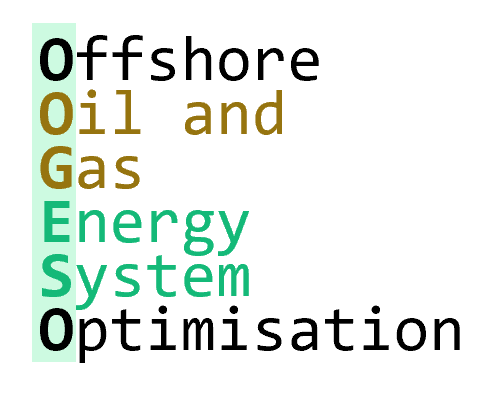Network (nodes, edges)#
User guide: Home / input data
Contents#
Network nodes (nodes)#
parameter |
type |
description |
|---|---|---|
id |
string |
unique node identifier |
(No additional data needed)
Network edges (edges)#
This consists a set of edges with a set of parameters for each edge that depends on the edge type. These are as follows.
Data common for all types#
parameter |
type |
description |
|---|---|---|
id |
string |
unique edge identifier |
carrier |
string |
edge carrier type (el, heat, gas, oil, wellstream, water, hydrogen) |
node_from |
string |
identifier of “from” node |
node_to |
string |
identifier of “from” node |
include |
int |
wheter to include edge or not (1=yes, 0=no) |
length_km |
float |
distance (km) |
flow_max |
float |
(optional) maximum power flow allowed (MW or Sm3/s) |
Data specific for each type#
Additional edge data specific to edge type:
el#
parameter |
type |
description |
|---|---|---|
reactance |
float |
reactance (ohm/km) (used only with method “dc_pf”) |
resistance |
float |
resistance (ohm/km) (used only with method “dc_pf”) |
voltage |
float |
voltage (kV) of line (single value) or transformer (tuple) (used only with method “dc_pf”) |
power_loss_function |
tuple |
(optional) piecewise linear function/table of power transfer (MW) vs loss (MW). A tuple containing a list of x values and a list of y values |
Note that for the (default) “transport” electricity power flow method, only the optional power_loss_function is relevant.
heat, hydrogen, carbon#
No additional data used.
gas, oil, water#
parameter |
type |
description |
|---|---|---|
height_m |
float |
height difference (metres) endpoint vs startpoint |
pressure.from |
float |
nominal pressure (MPa) at start point (required if it is not given by device parameter) |
float |
nominal pressure (MPa) at start point (required if it is not given by device parameter) |
|
diameter_mm |
float |
pipe internal diameter (mm) |
temperature_K |
float |
fluid temperature (K) |
